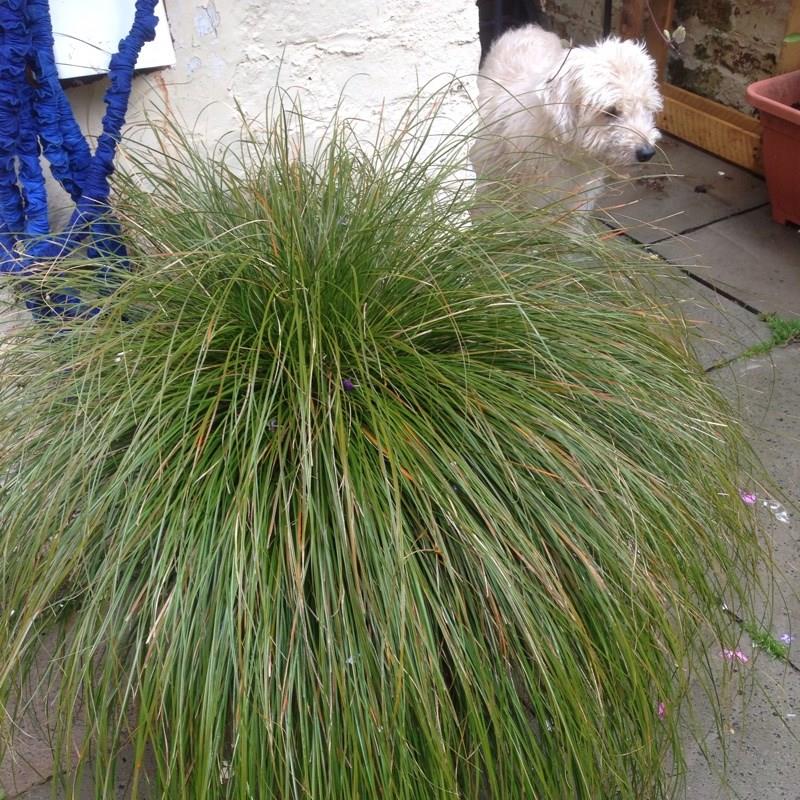
Carex dipsacea
Green sedge
Carex is an ornamental sedge with many different varieties now available, in a range of colours and textures. Ornamental grasses tolerate a wide range of conditions, but most like a sunny position in light, moist but well-drained, moderately fertile soil. They do not need much feeding and just one application of a balanced fertiliser in spring is adequate. Carex dipsacea sports narrow, grass like olive-green leaves that are tinted bronze-red in winter and arching stalks of black flowers in late summer and early autumn.
-
Partial shade
-
Occasional watering
-
Full Frost Hardy: 5F (-15°C)
-
Moist and free draining
Common name
Green sedge
Latin name
Carex dipsacea
type
Grass
family
Cyperaceae
ph
6.0 - 7.5 Acid - Neutral
Plant & bloom calendar
-
Best time to plant
full grown dimensions
 0.60 M
0.50 M
0.60 M
0.50 M
Carex dipsacea
Carex is an ornamental sedge with many different varieties now available, in a range of colours and textures. Ornamental grasses tolerate a wide range of conditions, but most like a sunny position in light, moist but well-drained, moderately fertile soil. They do not need much feeding and just one application of a balanced fertiliser in spring is adequate. Carex dipsacea sports narrow, grass like olive-green leaves that are tinted bronze-red in winter and arching stalks of black flowers in late summer and early autumn.
Planting young plants
From Early Spring TO Mid Spring
Suitable for mass planting and for planting as a specimen in a container. Plant in any soil that doesn't get too dry. Use a good quality general purpose compost for container growing. New plants are best planted in early to mid-spring. Water in well and keep well watered during the plant's first year.










